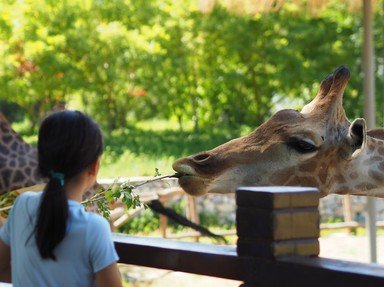Quiz Answer Key and Fun Facts
1. Barbary macaque males are noted for which unusual behaviour, unlike almost every other male monkey in the world?
2. What is unusual about the clavicles of cats?
3. Ants, and all insects in fact, do not possess an anatomical feature without which we humans would expire. What is that feature?
4. Horses cannot vomit.
5. When it is time to select a suitable mate for breeding purposes, what model like behaviour does the male penguin display?
6. How does the artistic agile gibbon defend its territory?
7. What sometimes happen to pelican chicks after feeding?
8. Is it true that hippos spin their tails around very rapidly like a rudder when defecating?
9. When a sloth dies, its body is often found in what condition?
10. During the breeding season of humpback whales, males line up in a row behind an available female, and battle each other for the right to the lady. Which artistic feature is part of these battles?
Source: Author
Creedy
This quiz was reviewed by FunTrivia editor
Tizzabelle before going online.
Any errors found in FunTrivia content are routinely corrected through our feedback system.


